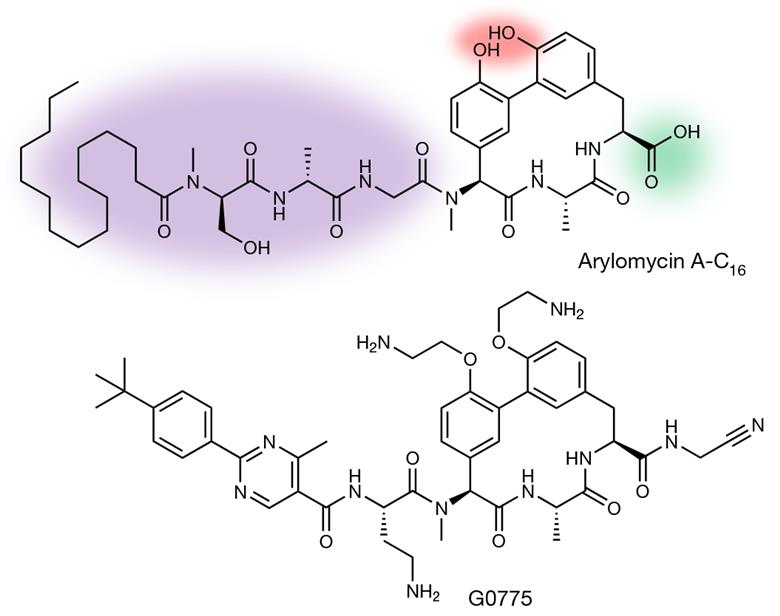
A study published on 12 September in Nature has revealed a new compound that can break through the double cell wall and thick outer membrane of antibiotic-resistant bacteria.
It seems as if US researchers have developed ‘a much-needed new class’ of antibiotic drug. The medicinal chemists at Genentech in San Francisco, California, have carefully optimized arylomycin antibiotics, found being made by soil bacteria in the early 2000s.
The new promising candidate was developed through the chemical optimization of arylomycins ― a recently discovered class of natural-product antibiotics that bind and inhibit signal peptidase ― to create a molecule named G0775 that is at least 500 times more potent than naturally occurring arylomycins and exhibits potent, broad-spectrum activity against highly antibiotic-resistant gram-negative pathogens.
Antimicrobial resistance is an ever bigger and more serious world problem, as we are slowly losing our ability to combat bacteria that harm us. Resistance arises through one of three mechanisms: natural resistance in certain types of bacteria, genetic mutation, or by one species acquiring resistance from another. Overuse and misuse of antibiotics in medicine and agriculture have contributed greatly to this problem and have led to widespread antibiotic resistance.
The team, led by evolutionary biologist Peter Smith of Genentech, a biotech company in San Francisco, California, focused on the so-called ‘ESKAPE’ pathogens that include Staphylococcus aureus, Klebsiella pneumoniae, Acinetobacter baumannii, and Pseudomonas aeruginosa. These deadly bacteria strains pose the biggest threat of developing multidrug-resistant (MDR) infections and are the leading causes of hospital-acquired infections.
The newly developed drug appears to inhibit a key enzyme in the cell membrane that helps the bacteria secrete proteins. When the enzyme is blocked, proteins build up in the cell membrane until the membrane bursts, ultimately killing the cell.
“We’re hitting a new target,”
– Study coauthor Peter Smith, an infectious disease researcher at Genentech, a biotech company based in South San Francisco, Calif.
That means that strategies that bacteria use to evade existing antibiotics won’t work here, giving the molecule an edge.
The molecule dubbed G0775 is at least 500 times more potent than a naturally found arylomycin against some of the biggest gram-negative bacterial threats to humans, including Escherichia coli, Klebsiella pneumoniae, Pseudomonas aeruginosa, and Acinetobacter baumannii.
So far, the new compound has only been tested in the lab and in mice and the molecule will need to go through additional testing and tweaking before it can be used in humans. It is also not a permanent solution to the growing problem of antibiotic resistance. Since if molecules of this type are widely used as antibiotics, bacteria will evolve resistance to this compound as well, as they always do. But it is a new tool in our toolbox.
Reference:
Peter A. Smith et al. Optimized arylomycins are a new class of Gram-negative antibiotics. Nature 12 september 2018. DOI: 10.1038/s41586-018-0483-6

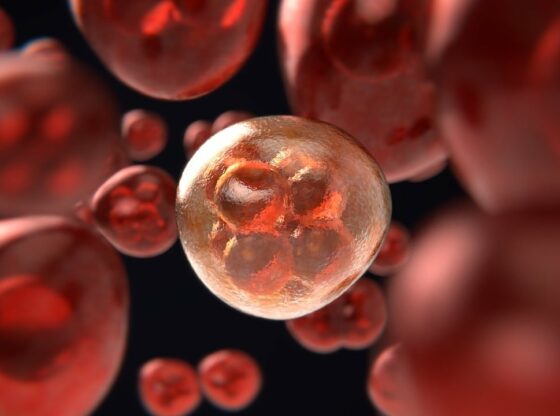


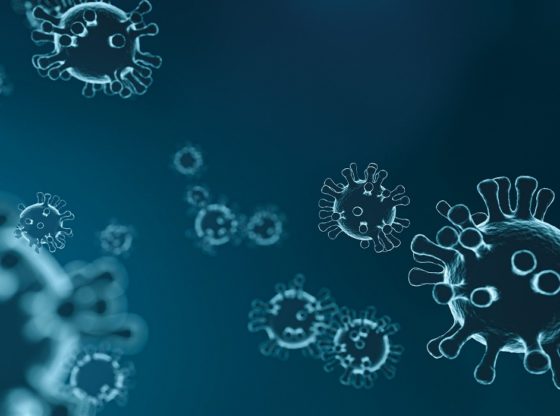
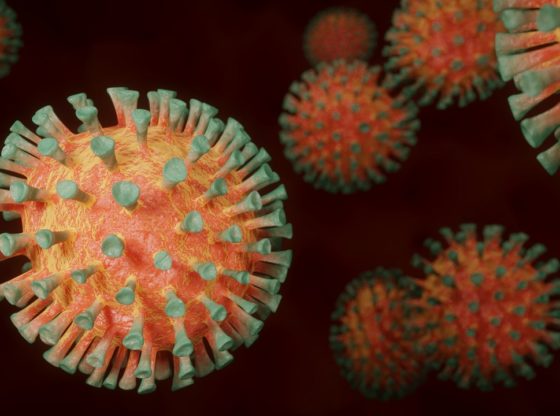
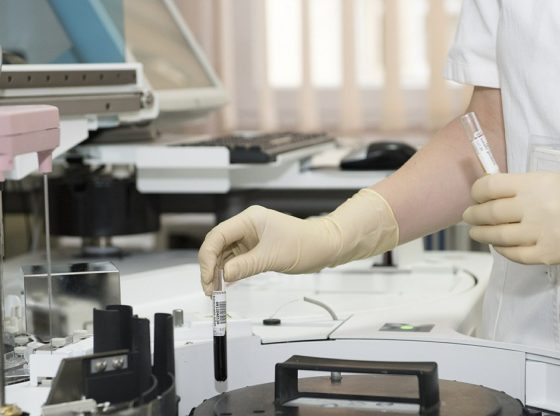
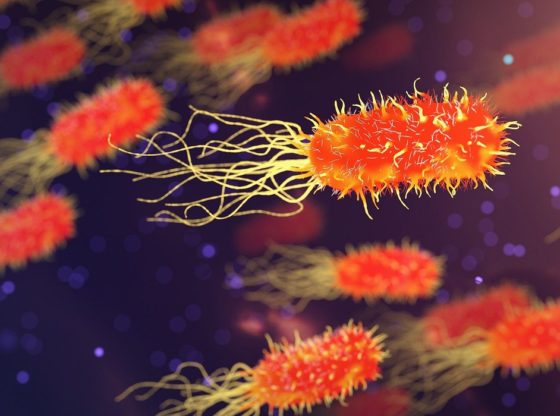
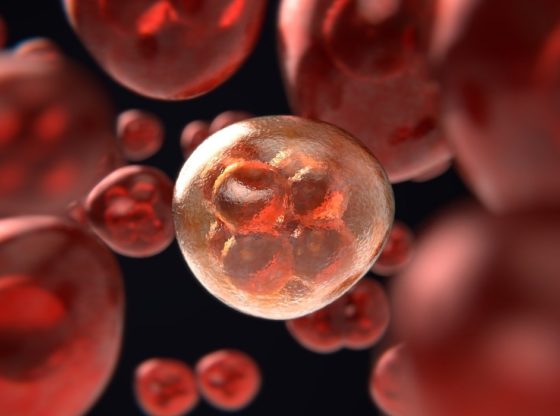


![OpenAI. (2025). ChatGPT [Large language model]. https://chatgpt.com](https://www.illustratedcuriosity.com/files/media/55136/b1b0b614-5b72-486c-901d-ff244549d67a-350x260.webp)
![OpenAI. (2025). ChatGPT [Large language model]. https://chatgpt.com](https://www.illustratedcuriosity.com/files/media/55124/79bc18fa-f616-4951-856f-cc724ad5d497-350x260.webp)
![OpenAI. (2025). ChatGPT [Large language model]. https://chatgpt.com](https://www.illustratedcuriosity.com/files/media/55099/2638a982-b4de-4913-8a1c-1479df352bf3-350x260.webp)








